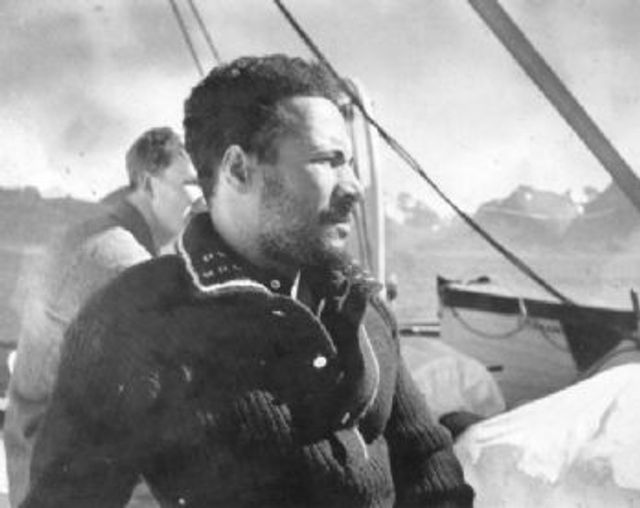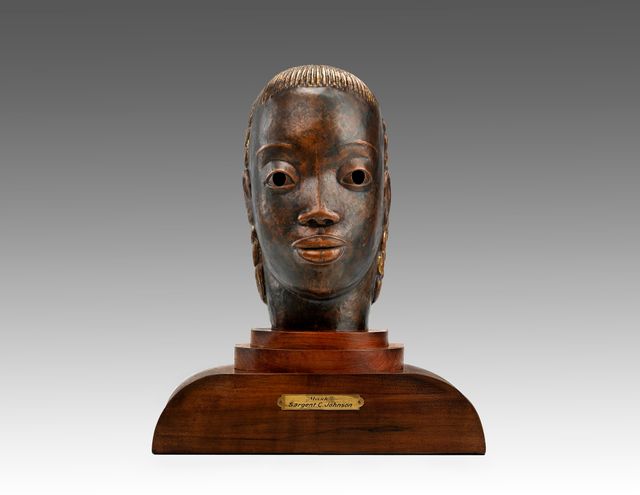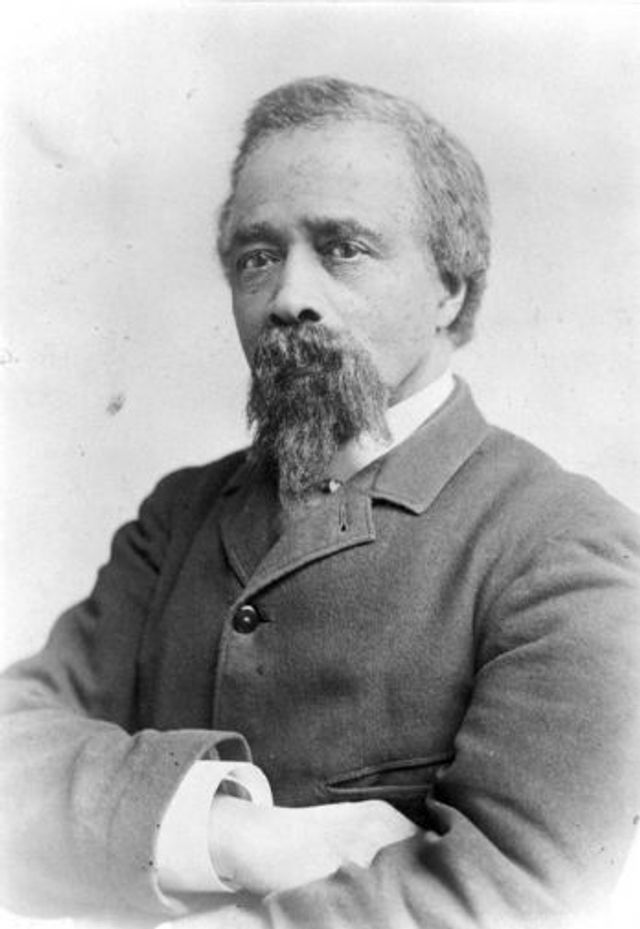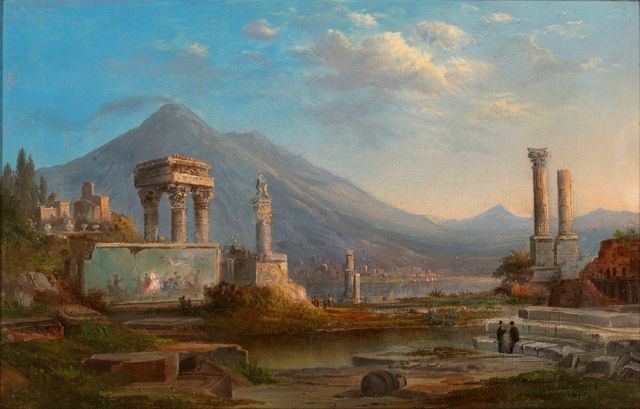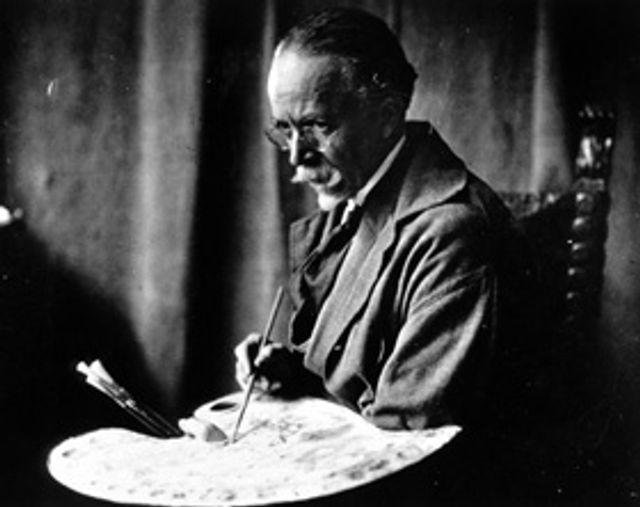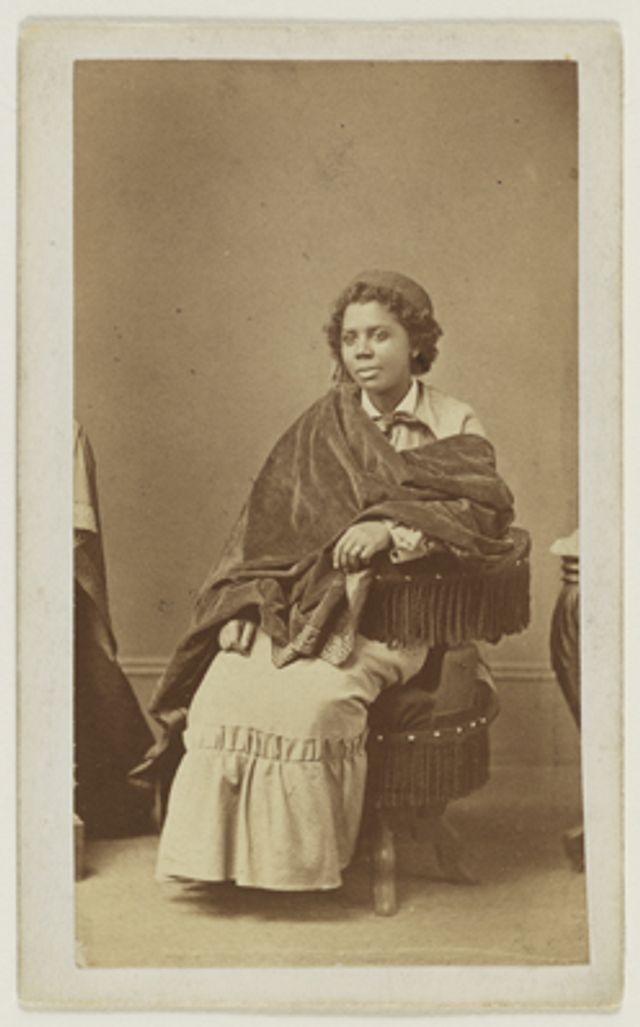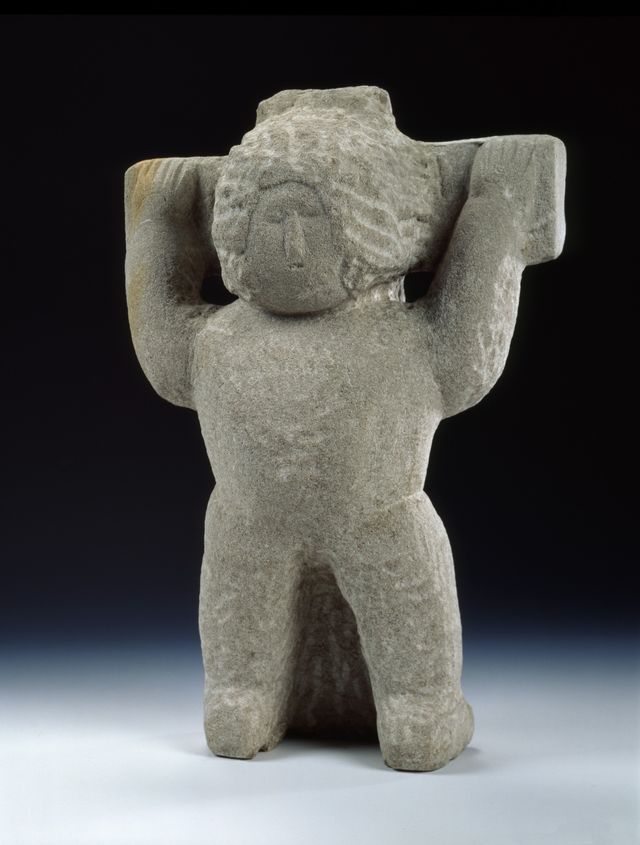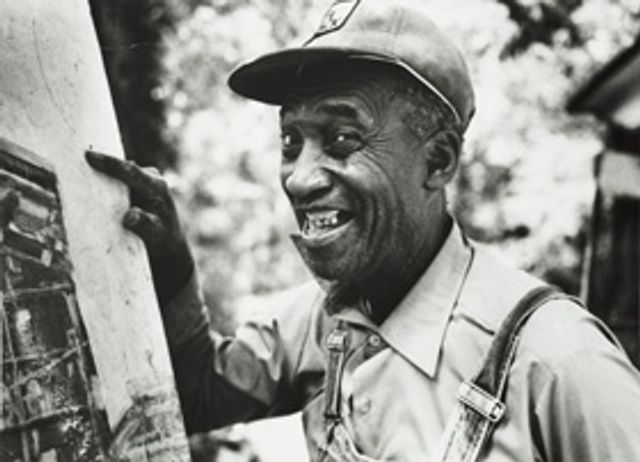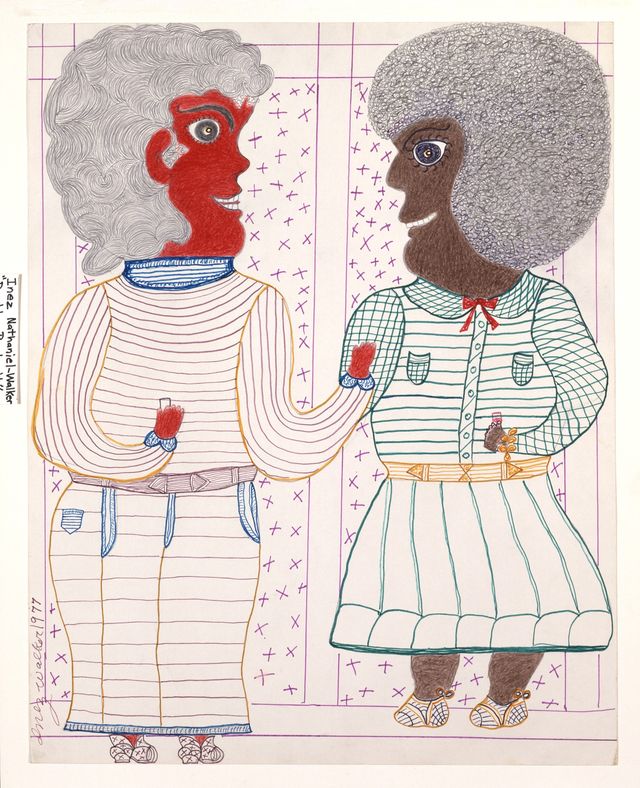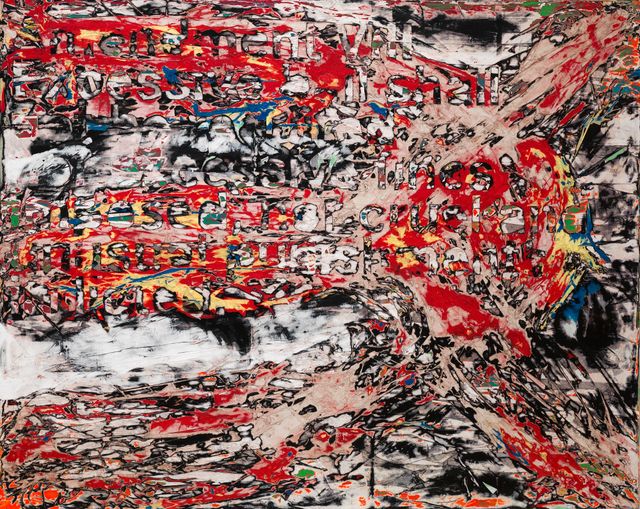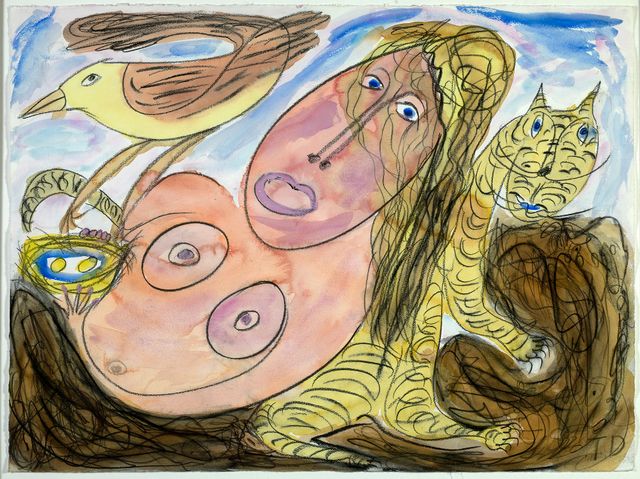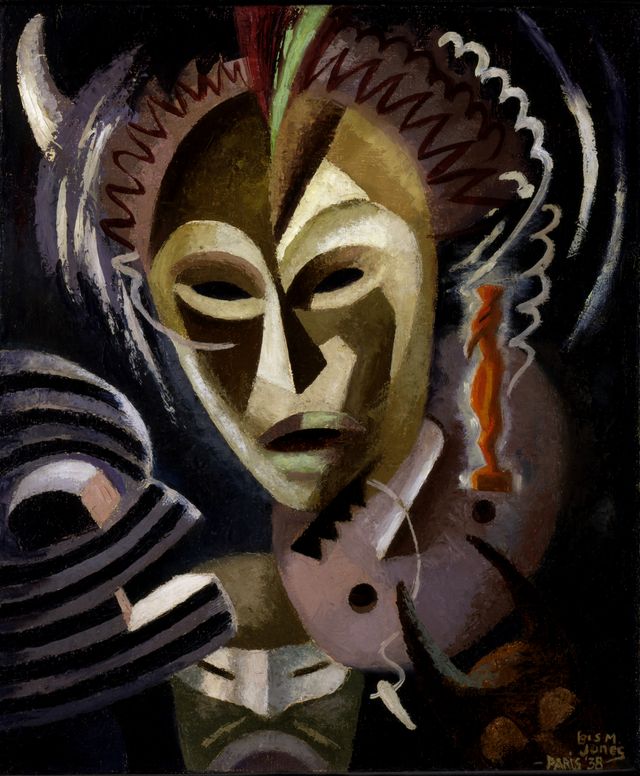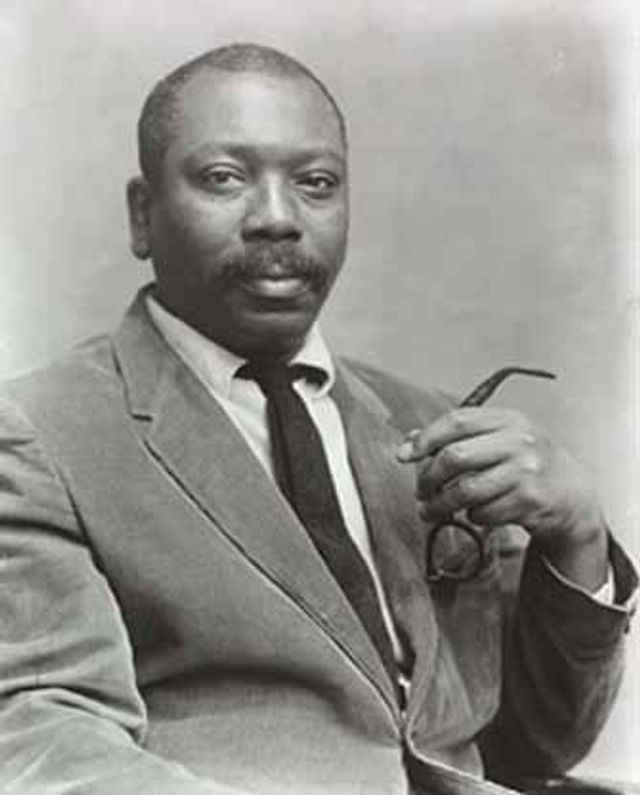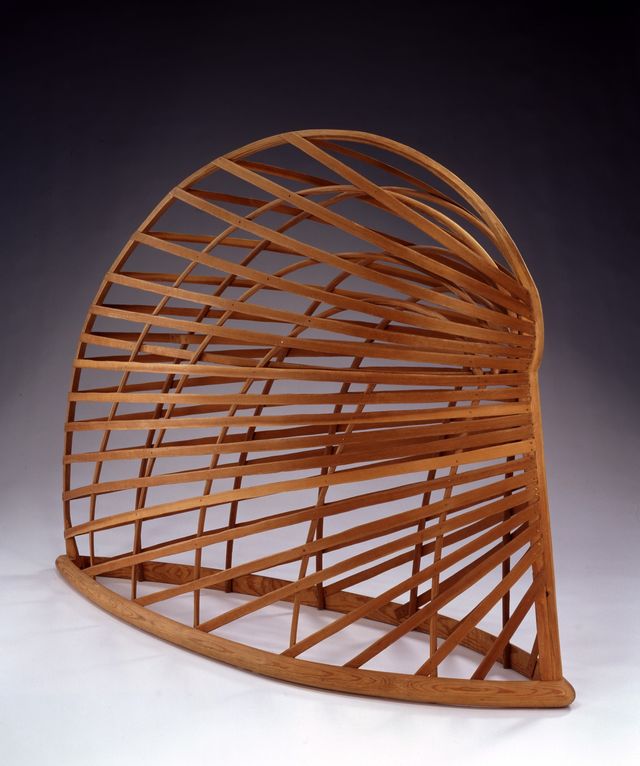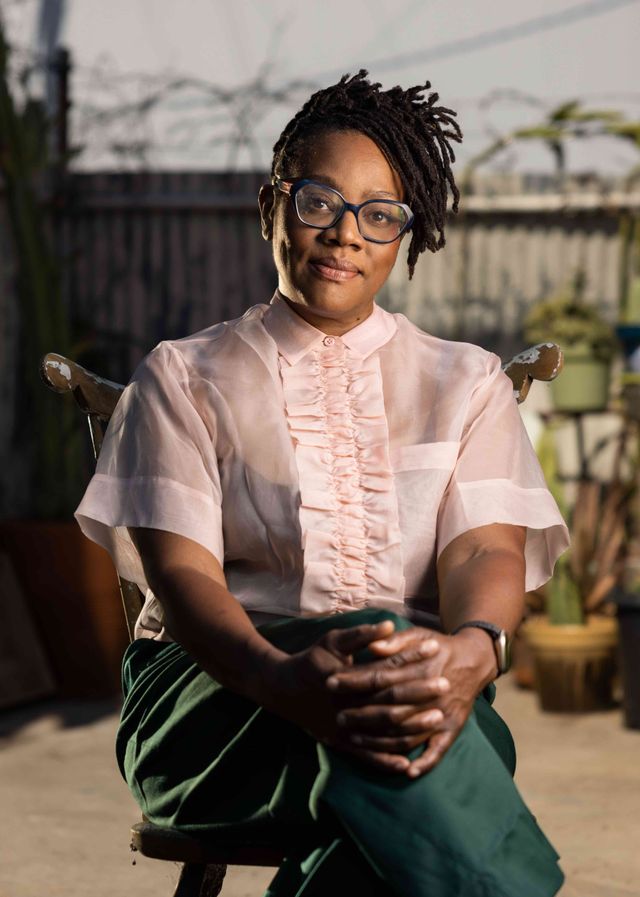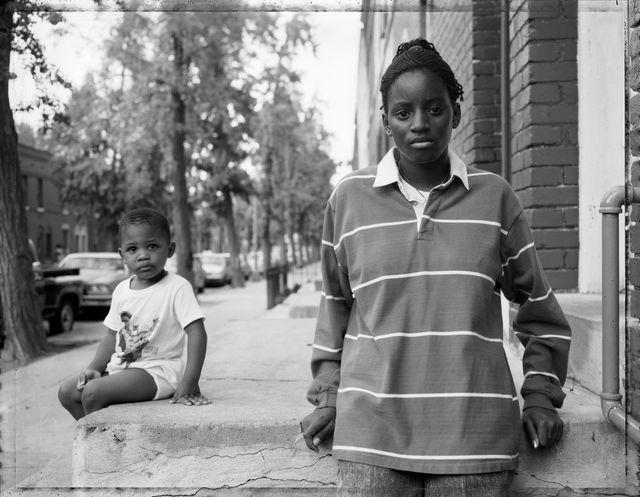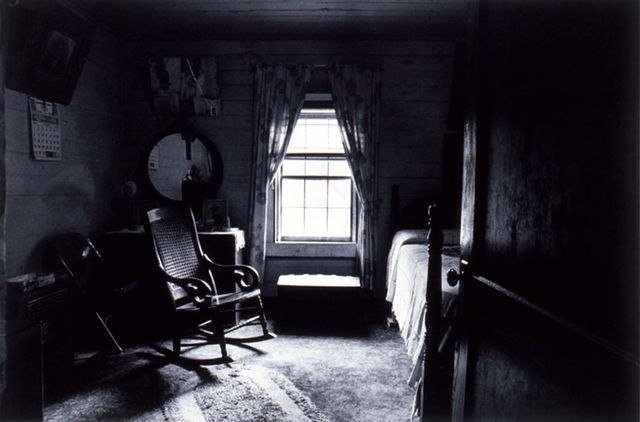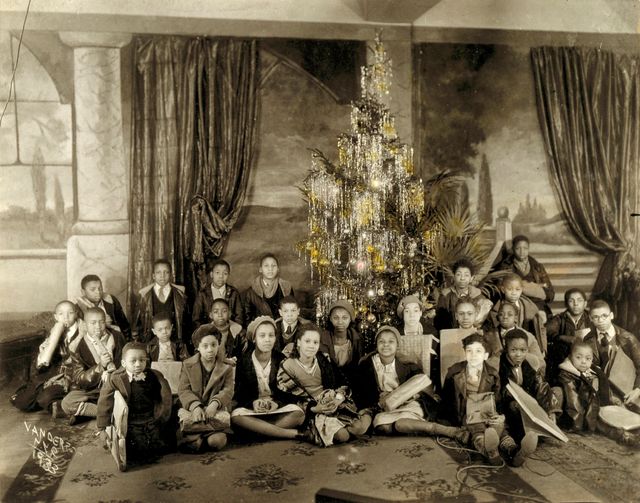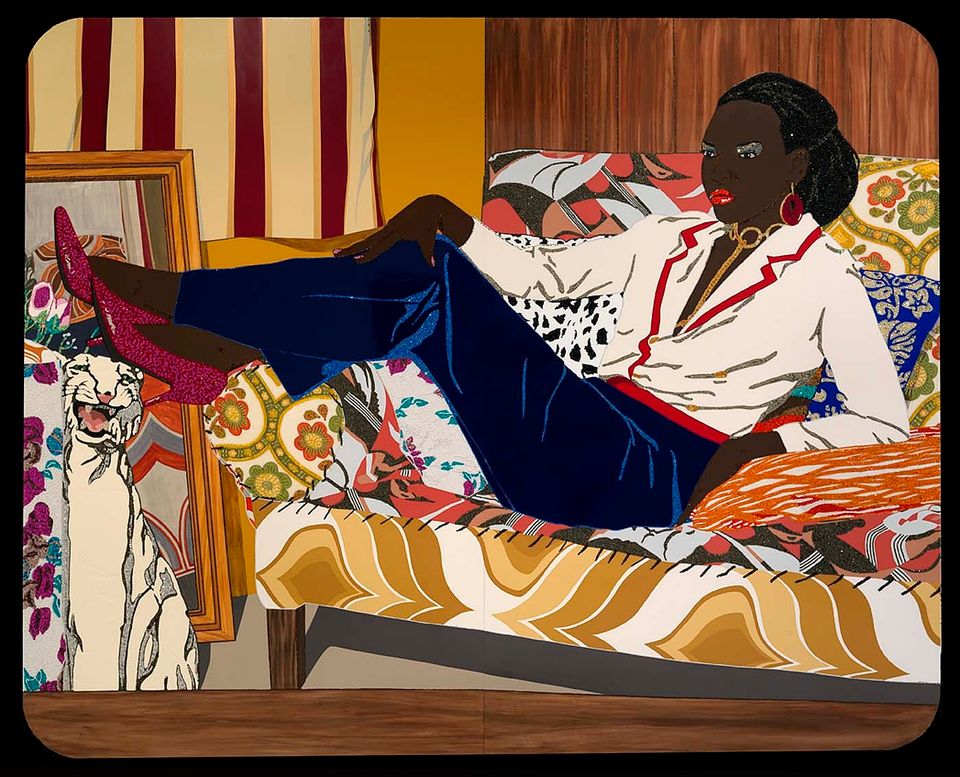
SAAM is home to one of the most significant collections of works by African American artists in the world.
These artworks span three centuries of creative expression in various media, including painting, sculpture, textiles, and photography, and represent numerous artistic styles, from realism to neoclassicism, abstract expressionism, modernism, and folk art. From a rare group of photographs by early African American studios to an important group of works by self-taught artist Bill Traylor to William H. Johnson’s vibrant portrayals of faith and family, to Mickalene Thomas’s contemporary exploration of black female identity, the museum’s holdings reflect its long-standing commitment to Black artists and the acquisition, preservation, and display of their work.
Themes
The artists included in SAAM’s collection powerfully evoke themes both universal and specific to the African American experience. Many reflect the tremendous social and political change that occurred from the early Republic to the Civil War, through the rise of industry, the Jazz Age and the Harlem Renaissance, the post-war years, the Civil Rights movement to present day questions of personal identity and racism.
Selected Works
Related Artists
Bill Traylor was born around April 1, 1853, on the Alabama plantation of John Getson Traylor in Dallas County, near the towns of Pleasant Hill and Benton. Traylor and his siblings were born enslaved, as their parents had been.
By almost any standard, William H. Johnson (1901–1970) can be considered a major American artist. He produced hundreds of works in a virtuosic, eclectic career that spanned several decades as well as several continents.
"It is the pure American Negro I am concerned with, aiming to show the natural beauty and dignity in that characteristic lip and that characteristic hair, bearing and manner; and I wish to show that beauty not so much to the white man as to the Negro h
Little is known about James Hampton, despite the grandeur of his self-chosen title, "Director, Special Projects for the State of Eternity." He was born in 1909 in Elloree, South Carolina, a small community of predominantly African-American sharecropper
Born in North Carolina; studied in the U.S. and in Paris; lived mostly in New York City.
Bannister created a sensation when one of his paintings won first prize at the Philadelphia Centennial Exposition in 1876. He was also a respected and knowledgeable art critic.
Working in France after 1891, Henry Ossawa Tanner achieved an international reputation largely through his religious paintings.
William Edmondson, son of Tennessee slaves, did not consider himself an artist when he began carving around 1932, after retiring from his job as a laborer.
Gertrude Morgan was raised as an active member of the Southern Baptist church. "My heavenly father called me in 1934 . . . . Go ye into yonder's world and sing with a loud voice you. . .
Elijah Pierce described himself as a "peculiar" child, because he did not want to work on his father's farm like his brothers.
Jimmy Lee Sudduth's fertile imagination has led him to paint self-portraits, dogs, television personalities, and the architecture and landscape near his home in Fayette, Alabama, as well as views of New York and other cities.
Inez Nathaniel went north to Philadelphia during the Great Migration of the 1930s to escape the harsh realities of farm work in the rural South.
Thornton Dial was born into a sharecropping family in rural Alabama, on the eve of the Great Depression. He experienced the trauma and tumult of both Jim Crow segregation and the civil rights movement. Profoundly influenced by Dr.
Gilliam is an innovative color field painter who has advanced the inventions associated with the Washington Color School.
Arthur Jafa (b. 1960, Tupelo, Mississippi) is an artist, filmmaker and cinematographer.
Now in her eighth decade as an artist, Lois Mailou Jones has treated an extraordinary range of subjects—from French, Haitian, and New England landscapes to the sources and issues of African-American culture.
Painter. A social realist, Lawrence documented the African American experience in several series devoted to Toussaint L'Ouverture, Frederick Douglass, Harriet Tubman, life in Harlem, and the civil rights movement of the 1960s.
One of the most important American sculptors working today, Martin Puryear (born 1941) is known for refined, handmade constructions, primarily in wood. Puryear's abstract forms, while evocative and familiar, elude specific or singular interpretations.
The people of Fort Scott, Kansas, have stayed with Gordon Parks all his life. He grew up in this prairie town, the youngest child in a family of fifteen, amid poverty and racism.
VanDerZee began photographing as a teenager after having won an eight-dollar camera as a premium for selling pink and yellow silk sachets. Beginning in 1916 he worked out of a commercial Harlem studio he opened on 135th street.















